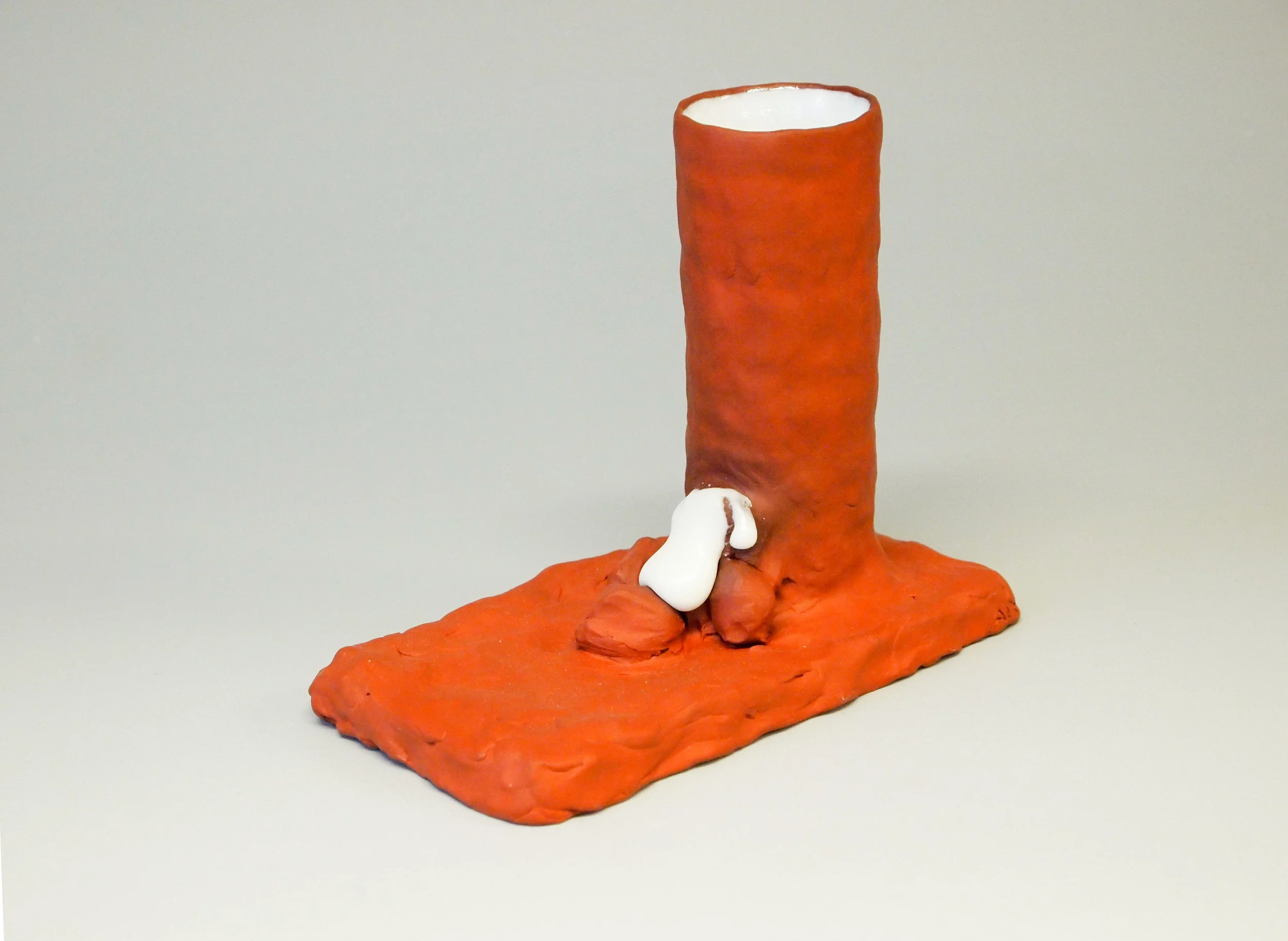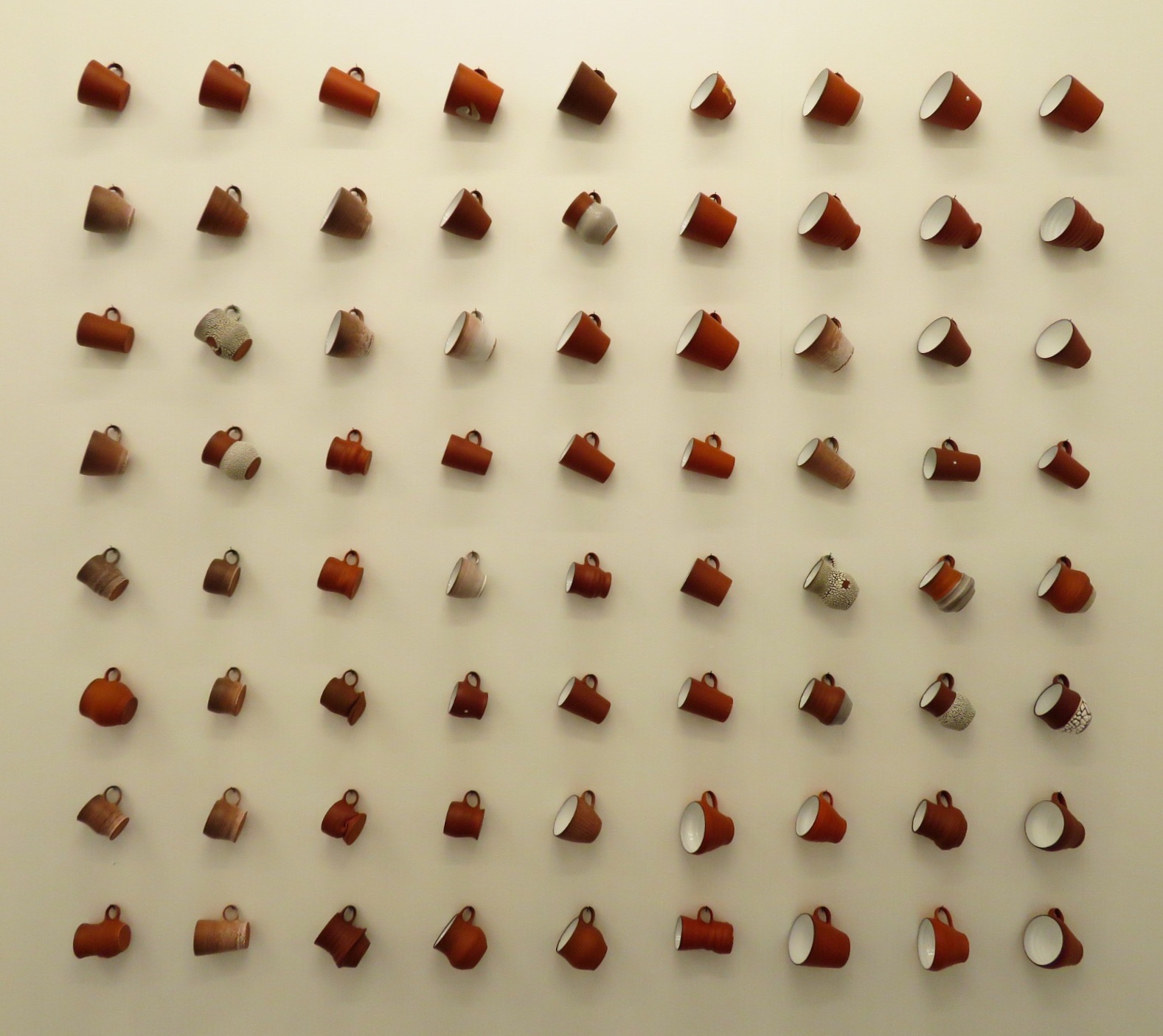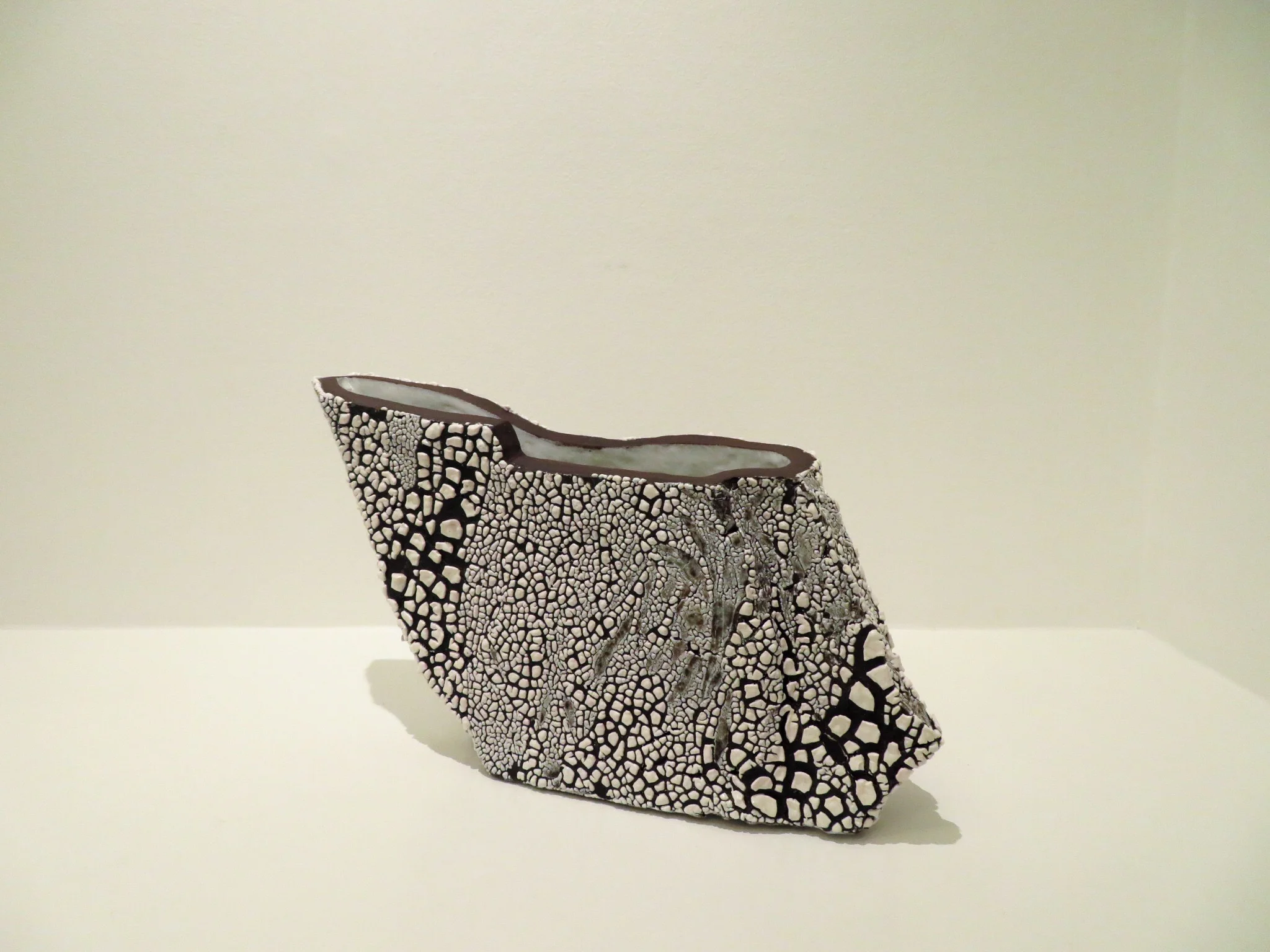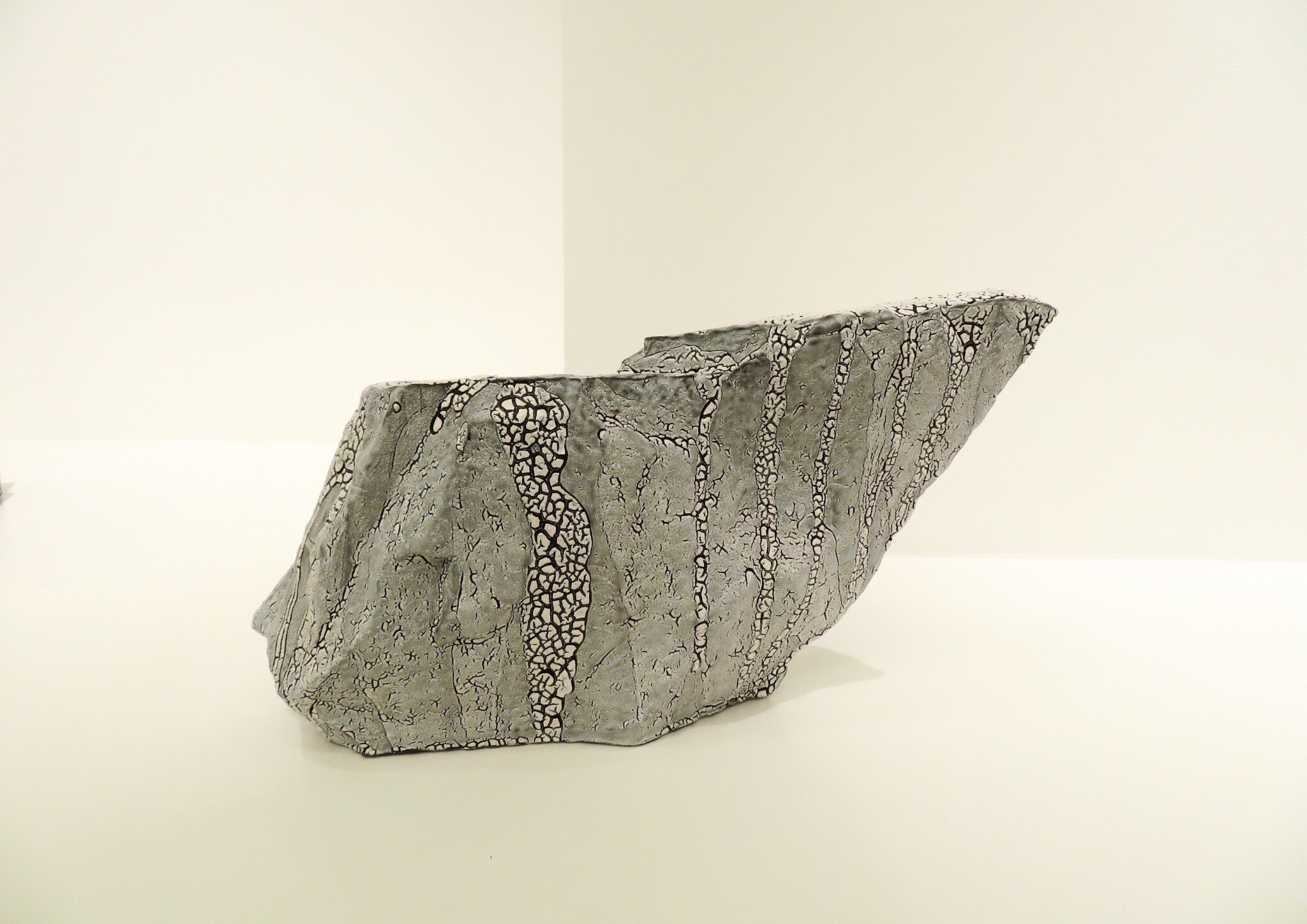Anne Line Sund
Mineral Mazurka
09 May - 28 June 2019
In previous solo exhibitions, Anne Line Sund has focused on drinking utensils, and ceramic objects regarding questions about what it means to break down or build up; to carry or be carried. Inspiration for her current exhibition in Format's project room, was found in the material’s long pottery tradition; the ordinary, the everyday and the functional.
Anne Line Sund models, rotates and casts. She removes and builds on, reflects on and alternates between the planned and the intuitive. A direct action provokes a response, if you push the clay you get a hole, you do nothing and the clay dries out, or the shape changes from convex to concave and ends up becoming or expressing something completely different than before.
The clay comes from Germany and England. It is mixed in different proportions according to the nature of the object being created in order to give the object the strength needed, and to withstand the kiln’s 1.135 degree temperature. The nepheline syenite, which is the main ingredient in the glazes she uses, comes from the North Cape. Most often, Sund approaches her work with deep concentration, but at times the work is playful, like a dance in the round, a mazurka.
Does a cup, jar or vase have something to say? When and why do boundaries between popular and classic arise, what are myths and what is truth, and can the personal be political? It is all relatively clear and simple when it comes to a ceramic object. You can easily walk around it, viewing it from different angles and choose what you want to see – and what you want to see becomes a kind of truth.
Sund’s main techniques are Terra Sigillata (sedimentation of clay and use of only the finest particles, previously used in Roman times), glittering (rubbing the surface with the back of a stone, metal spoon, or something similar during the drying process, often used by indigenous peoples), and contemporary glaze chemistry.
Insights into these techniques allow the clay's plastic/malleable and tactile properties to be accentuated. The natural hues in the clay also come into focus through a palette of browns, reds, and whites. Utilizing various compilations and variables in the techniques, allows for both contrasts and gentle transitions between the matte and glossy to come into play.
It is the firing itself that creates ceramics of clay. Every ceramic object has gone through a fossil transformation. Sund dives into this realization, experimenting freely in the intersection between the two-dimensional and the three-dimensional, making expressions that are uniquely ceramic. The objects presented in Format's project room reveal the result of investigative processes, which explore whether shape, material and surface can say anything about abstract phenomena. It is about searching until the desired balance is found




